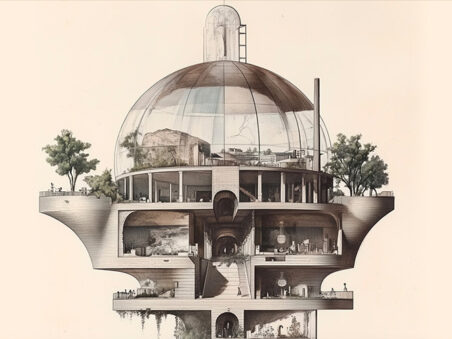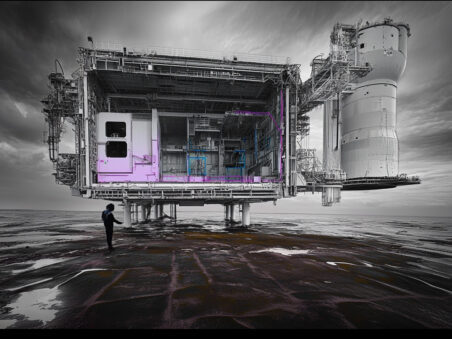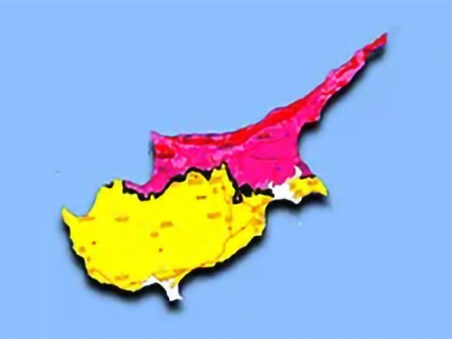REMOTE | EXTREME
Research Stations in Antarctica, Underwater, and on the Moon
An ocean of air envelops our home planet. Only a few kilometers thick, it provides the essential conditions for human habitation across the globe.
Yet, there are places on Earth with extreme environmental conditions, similar to those found in space. At Russia’s Vostok Station in Antarctica, temperatures as low as -90°C have been recorded—comparable to the average surface temperature at the equatorial regions of Mars. Antarctica is the continent on Earth that, due to its location and the thinner atmosphere at the poles, is both spatially and environmentally the closest terrestrial equivalent to space.
Buckminster Fuller introduced the concept of our planet as a spaceship, traveling through the cosmos. As astronauts aboard this spaceship, we are also its caretakers. For now, Earth remains the only known place in the universe capable of sustaining human life. With his holistic approach, Fuller described the interconnectedness of all things—ecosystems, self-sustaining life cycles, and the relationships between living and non-living matter on this planet. Engaging with these topics in times of severe climate change and the Anthropocene is vital for the survival of life on Earth.
This studio invites you to design futuristic outposts and immerse yourselves in the lives and missions of people in uncharted territories.
You may choose from one of the following three challenges:
- Design of a habitable underwater station
- Design of a research station in Antarctica
- Design of a habitat at the Moon’s south pole as part of an initial lunar base
For all three assignments, factors such as extreme environmental conditions and the careful management of available resources must be considered and integrated as key design parameters.
The video builds on the Performance workshop conducted by Claudia Bosse in March 2025 and is an inspirational contribution by participant Finn Seethaler.



